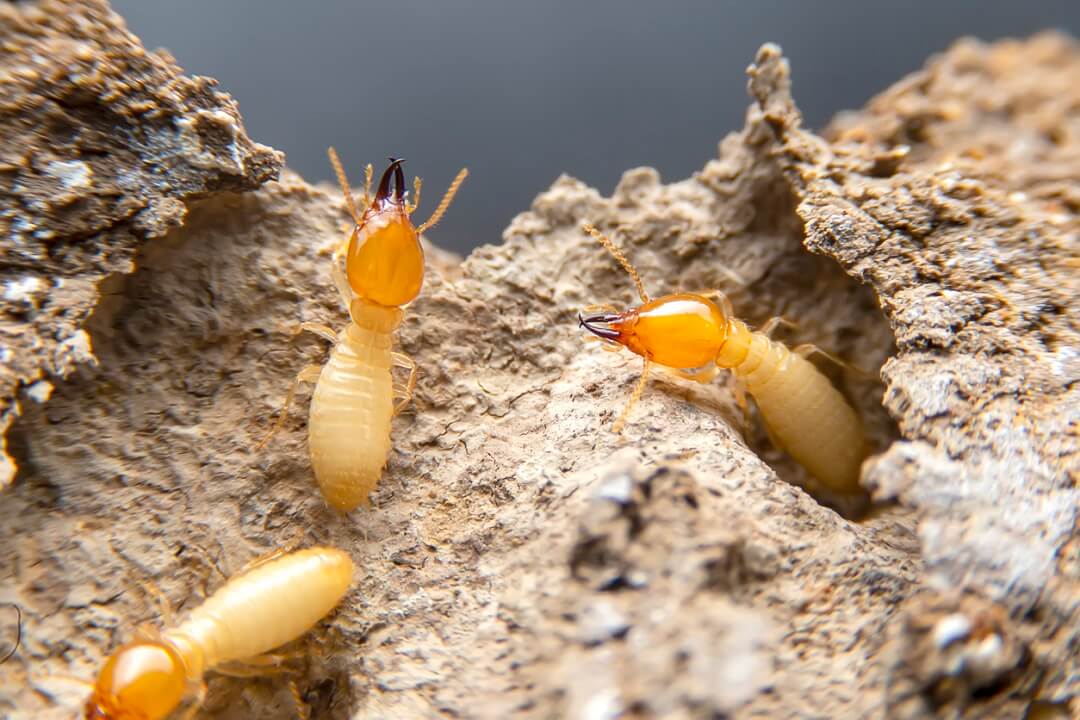The most economically significant termite species that can be found in Southern California are well adapted to thriving in arid and semi-arid environments, but this does not mean that they are not thirsty insects. Termite species like dark western drywood termites and desert subterranean termites, both of which are major termite pests in Ventura County, may not require as much water as most termite species do in order to survive, but they are still highly reliant on moisture in order to reproduce and establish successful colonies. Just like other termite species, dark western drywood termites and desert subterranean termites can only infest structural wood that is saturated with some degree of moisture, and they favor decaying structural wood that is waterlogged. This makes homes that contain plumbing or rainwater leaks particularly vulnerable to termite infestations.
Termites consume damp and decayed wood at a much faster rate than dry sound wood. Consuming decayed wood also accelerates digestion and increases foraging activity among termites, which makes it more likely for termite pests to establish multiple colonies within one single home. Termite colonies that have been established in damp and/or decayed structural wood grow to contain massive amounts of individual termites unless the pests are promptly eradicated. During termite inspections, pest control professionals use several tools in order to determine how vulnerable a home’s structural wood is to termite attack. All pest control professionals carry a screwdriver or similar tool for tapping the surface of wood. If tapping wood produces a hollow sound, then termites have likely excavated a large cavity within the wood component. During inspections, a moisture meter is also necessary in order to measure the moisture content of wood. Moisture levels exceeding 20 percent indicate that moisture must be reduced in order to prevent termite infestations. In many cases, dehumidifiers can effectively reduce moisture to safe levels, but wood that has become heavily saturated with water may need to be replaced or treated to repel termites. In addition to a moisture meter, many pest control professionals use an acoustic emission detector to listen for possible termite activity within wood. In the future, X-ray technology and infrared cameras will allow pest control professionals to visually detect termites behind walls.
Are you concerned that your home may contain damp and/or decayed structural wood components?


